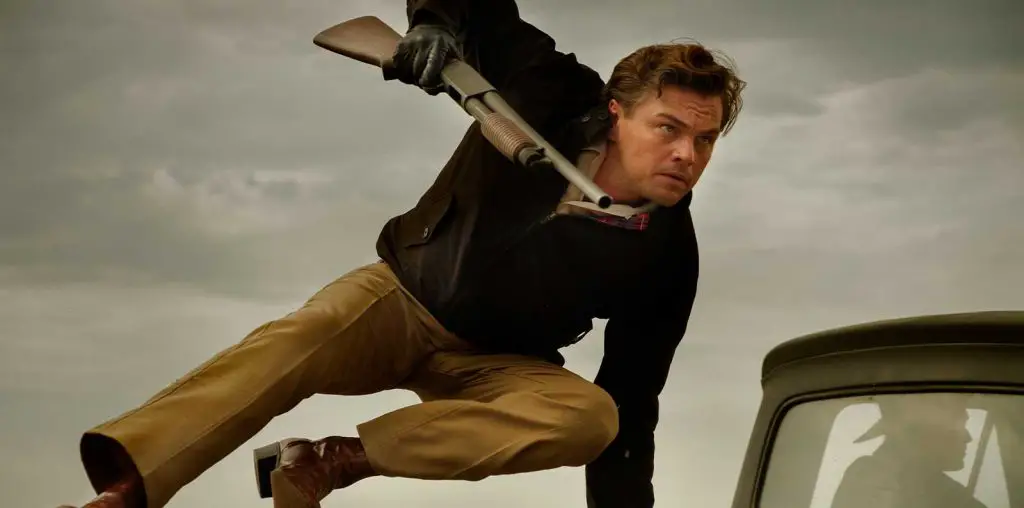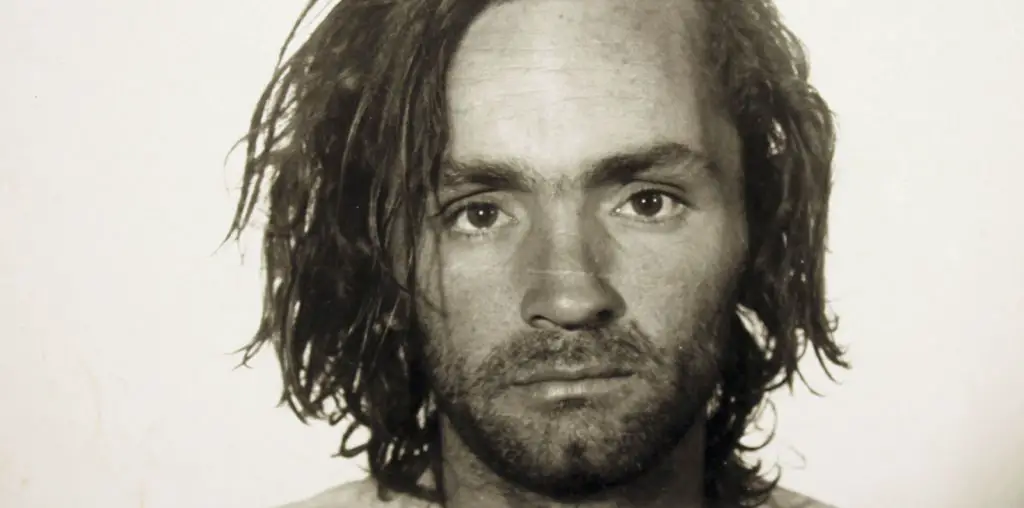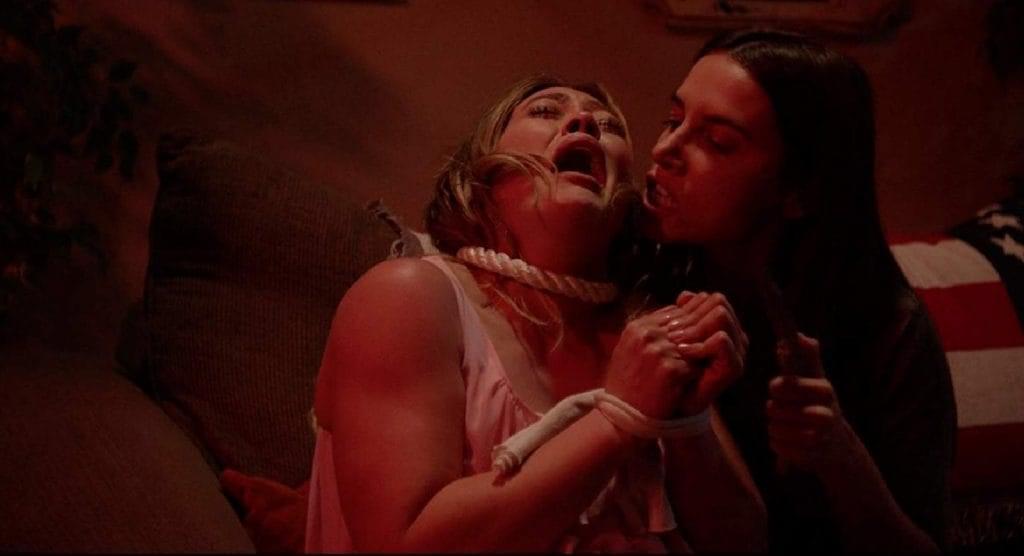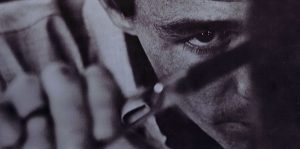
DiMaria does something really great with Jay Sebring…Cutting to the Truth— he takes archival footage of Sebring’s hairstyling tutorials, intercuts it throughout the movie, highlighting how passionate he was about being a hairstylist. DiMaria kept the ’60s 8mm film, which seemingly warps you to the time of free love. These particular tutorial videos are also a bit eerie at the same time. There are several times in the documentary that give off that same creepy feeling. A story from one of Sebring’s friends, where he talks about how excited Jay was to live in the house where the famous Paul Bern was found dead with a gunshot wound to the head, for example.
The film also explores the relationship between Sebring and Sharon Tate. Friends and family tell stories of the couple from how they met to how devastated Sebring was about the breakup. Sebring and Tate stayed very close friends even after Tate married director Roman Polanski. It is said that Sebring was such a good guy that he even befriended Polanski.
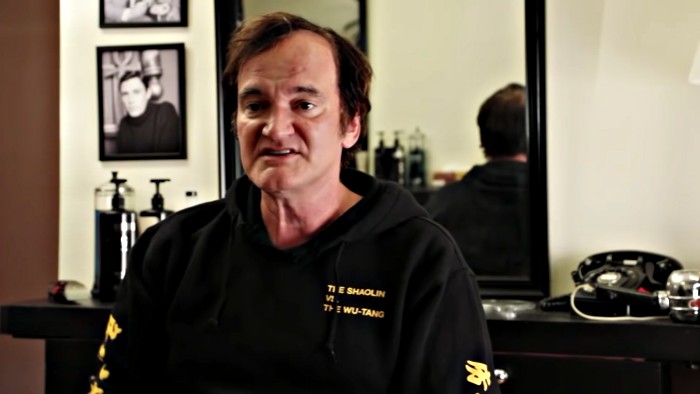
“There are several times in the documentary that give off [a] creepy feeling.”
When it comes to the murders, the documentary attempts to debunk a lot of what the press published in 1969. There was an article written by an anonymous writer, which was released by Time Magazine that claimed Sebring was a racist and a drug addict, amongst other things. Those interviewed in the documentary put these accusations to rest, saying that Sebring did dabble in drugs just like many others during that time, but not anywhere to the point of being an addict.
Jay Sebring…Cutting to the Truth is a great documentary. My favorite part is when Quentin Tarantino explains why he chose the Manson/Tate Murders to be the basis of his ninth film. There are so many interesting anecdotes in this documentary. The documentary shows that victims should be the focus, and their stories should be heard more often.
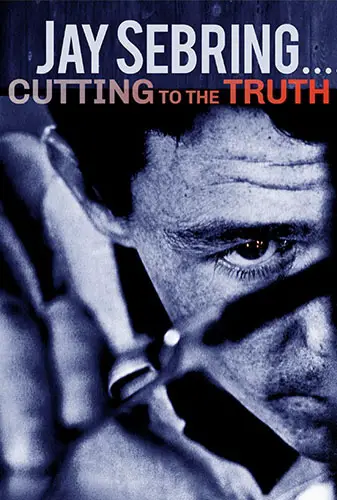
"…victims should be the focus, and their stories should be heard more often."
